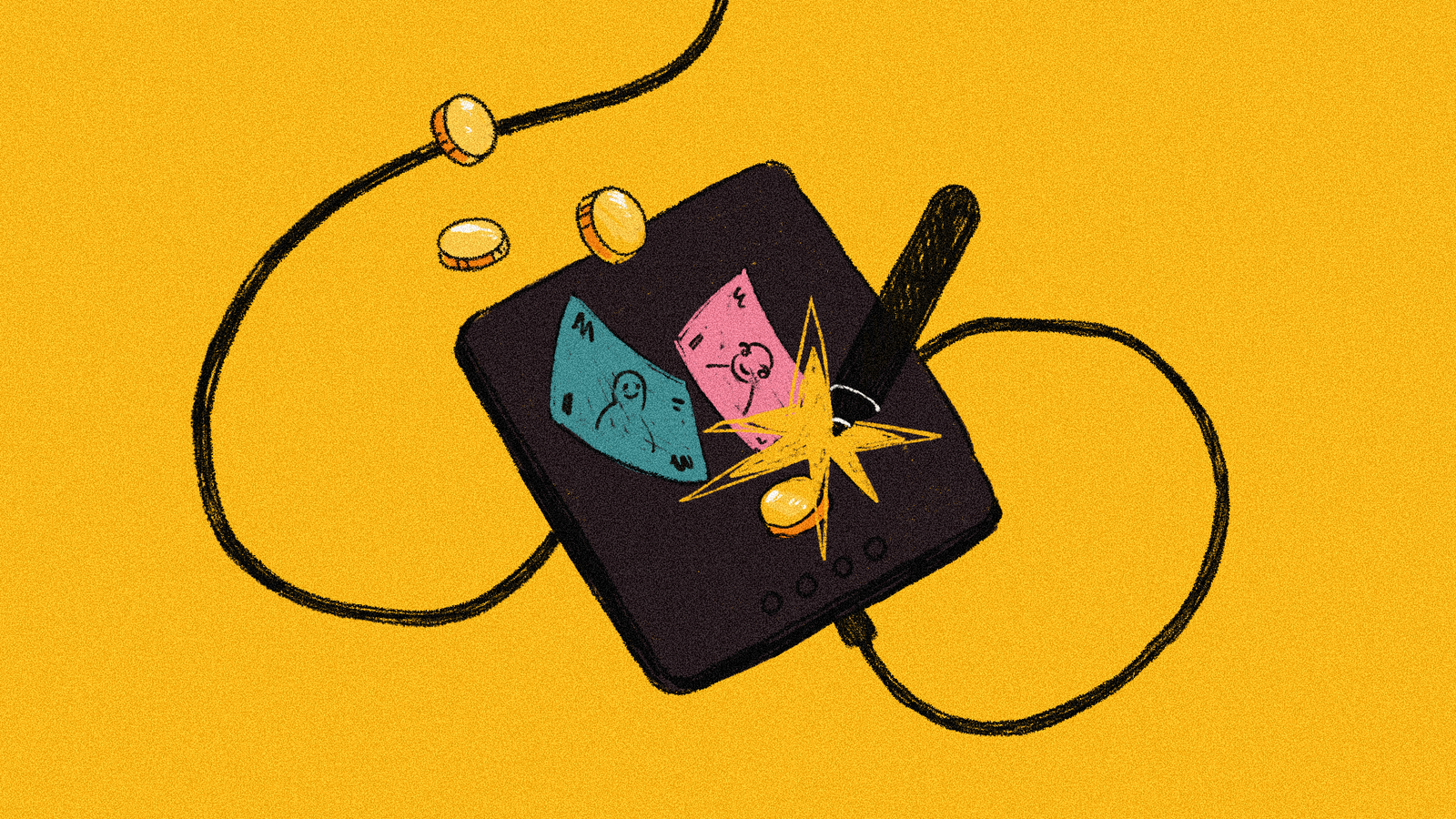Digital animation is everywhere, from movies and games to ads and even the tutorials for your favourite apps. We still hear the same myths over and over again, even though it’s very popular.
We know what’s true and what’s not because we’ve worked on 2D, 3D, and cel animation.
So, let’s get out the creative sledgehammer and smash five of the biggest myths about digital animation.
Myth #1: “Drawing with a Computer” Is All Digital Animation
This is like saying that playing the piano is “just pressing keys.”
Every project starts with concept art, storyboarding, and a lot of creative choices, whether we’re working on stylised 2D animation, detailed 3D worlds, or cel animation that looks like it came from a classic. Yes, we use computers, but the computer doesn’t “make” the animation. The animators’ skills, like coming up with unique characters and improving movements frame by frame, bring it all to life.
Myth #2: It’s quicker than traditional animation
Some things are easier to do now, but frame-by-frame animation is still as precise as it has always been, whether it’s done on paper or on a computer. Every move in 2D animation is carefully planned and drawn. We still make models, rig characters, animate them, and polish the lighting and effects in 3D animation. It’s like thinking a fancy oven makes you a chef to think that digital means instant. The tools are helpful, but it takes time to be a good artist.

Myth #3: Every digital animation has the same appearance.
That would be equivalent to claiming that because books are printed on paper, they all have the same appearance. Digital animation encompasses a vast array of styles, including realistic 3D environments, painterly 2D animation, clean, corporate motion graphics, and cel animation in the style of the past. Some projects combine different techniques, such as adding depth by combining 3D elements with frame-by-frame animation. You haven’t seen what a skilled animation studio is capable of if you believe that all animation is the same.
Myth #4: Animation Is Only for Children
Animation is a universal language. Any audience can be reached by the medium, from emotionally charged short films in cel animation to high-stakes cinematic trailers in 3D animation. Companies use explainer videos with 2D animation to make difficult subjects easier to understand. With 3D animation, game developers build engrossing worlds. Adults do binge-watch animated series more often than they would like to acknowledge.
Myth #5: With the Correct Software, Anyone Can Do It
You are not a painter just because you have a paintbrush, and you are not an animator just because you have animation software. It takes years of practice to become proficient in the art, whether it’s expressive frame-by-frame animation, sleek 3D animation for a commercial, or traditional cel animation. The secret sauce is knowing how to move, act, pace, and tell a story visually. The software is merely a brush. The animator creates the masterpiece.

Conclusion
Whether it’s nostalgic cel animation, hand-drawn 2D animation, or dramatic 3D scenes, the fundamental elements of digital animation are always the same: imagination, perseverance, and talent. Therefore, keep in mind that mastery, not magic, is what happens when you see a beautifully animated scene.